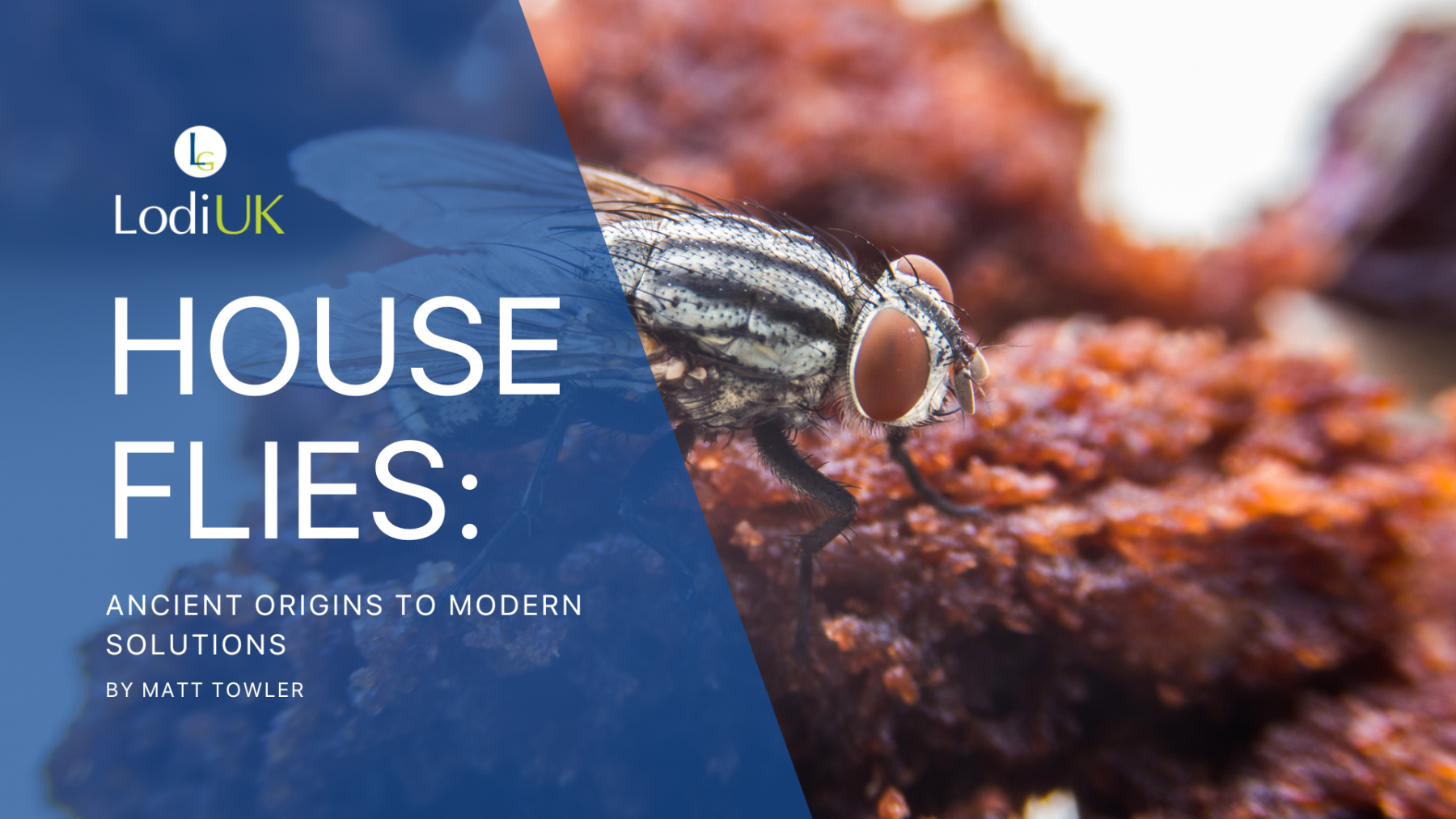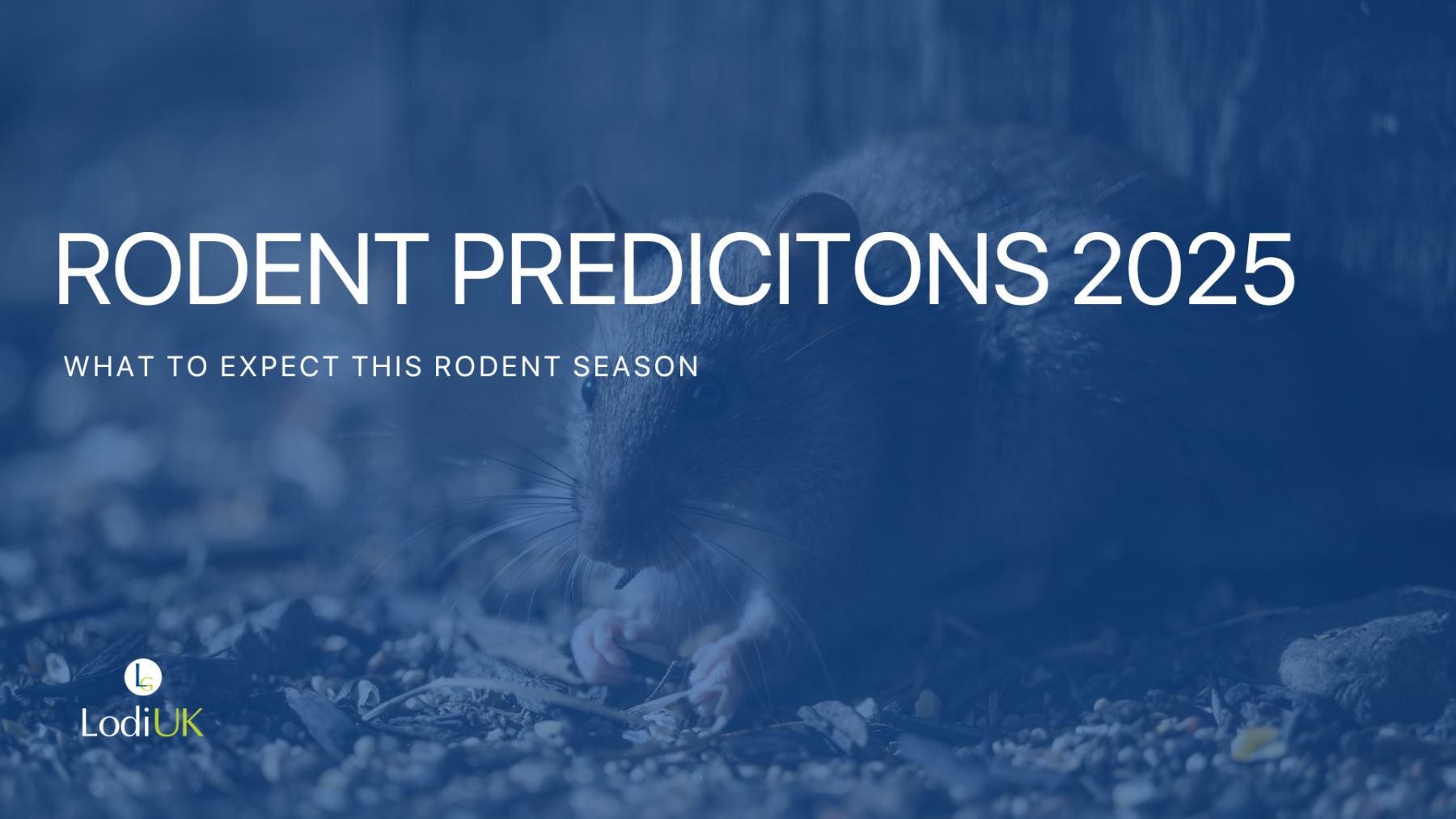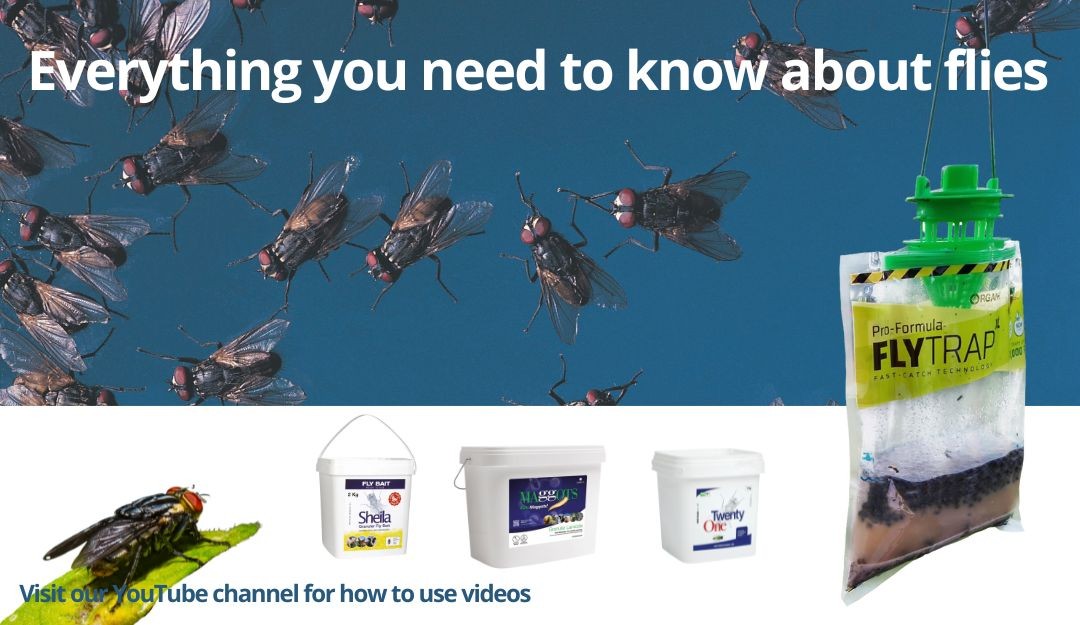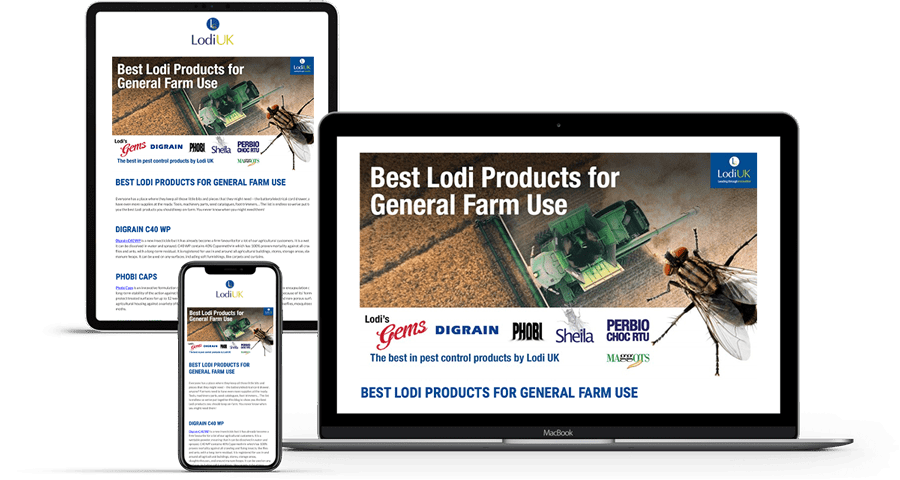
Way Back When!
Around 50 million years ago ancient primates were already begging to make a mark on a prehistoric earth, as time progresses, they will branch off into the category of modern-day humans that you and I are a part of. It was around this period, the Early Eocene Epoch that we also find the first emergence of the House Fly (Musca Domestica), branching off into a subspecies from early Blow Flies into the annoying pest we know today. The world of flies is a hugely populated one, with around 152,000 species which have currently been identified and many more yet to be discovered. When you compare this number to the number of flies which are classed as a pest species here in the UK it pales in significance.
House Flies are generally what people think of when they think of flies, the classic aerodynamic shape, the huge eyes which can independently rotate to one another giving a clear 360 view of the world around them and the tasteful way in which they feed by regurgitating out an enzyme-rich saliva, stamping it in with their feet before sucking up the resulting liquid. Tasty Huh!

Size Isn’t Everything
The House Fly is one of the largest fly species here in the UK at around 5mm-8mm in length, (the crown for the largest fly goes to the Horse Fly at nearly 25mm long) this makes it reasonably easy to identify, unlike most other species. Even to the well-trained eye, however it sometimes takes the use of a X10 lens to tell different fly species apart. With the House Fly, there can be a few key indicators other than its size, to let you know what type of fly you are dealing with. The colour of the thorax tends to be light grey with 4 narrow black stripes, and the abdomen a buff or light-yellow colour. The wing tips are usually slightly pointed and the 4th wing vein that runs across the centre of the wing is bent forward reaching the wing edge.

We Are Family
House Flies tend to lay their eggs in batches, these numbers can be in the region of 150 individual eggs. As we have mentioned these insects like to reproduce in moist decaying environments and the eggs are also laid in these areas. Once the female has laid her eggs, they can take anywhere from several hours to several days to hatch. The developmental stage from larvae to pupa takes up to 60 days depending on the environment the larvae are in. The pupa then takes up to 28 days to transition into the adult fly. It is a common misconception that these flies only survive for a mere 24 hours before expiring. when in fact the adults can live for up to 12 weeks and can begin to lay eggs just a few days after emergence.
You Make Me Sick!
So why do we treat flies and the House Fly in particular? The reason is simple, due to the feeding on and reproducing in areas such as manure and other faecal/waste matter, decaying organic substances and carrion, these flies as with other species are carriers of diseases and pathogens. Over 100 pathogens including Bacteria, Parasites, Fungi & Viruses can be attributed to the House Fly alone, and as a result can pass those nasty things onto us making us sick. The main diseases these flies carry that are particularly dangerous to humans are Salmonella, E-Coli & Campylobacter. We class these diseases as food poisoning, which can be attributed to many other infection routes other than flies, however flies can also transfer these pathogens to our food sources if they are left out in the open or not properly stored!
We Hold The Key To Successful Treatment
As with all flies, it is imperative to try and identify the breeding sites and sources of the infestation. In many cases, removal of these areas can lead to a more successful and complete treatment outcome, along with using the correct products to remove any remaining flies. If it is not possible to remove the breeding sites for example areas where significant amounts of waste material are left I.E: waste transfer sites, recycling centres, farms and outbuildings etc then having the right product at your disposal can be the key to keeping the issues under control and down to a lower more acceptable level.
So, what can we use I hear you say? Lodi UK provides some of the highest quality and best-known products to target flies that you will find anywhere in the industry. We can provide a complete approach to treating House Flies and other Fly species you may be called upon to deal with and have a wide range of products to assist you. I have added a few of my favourites below…
Twenty One Fly Killer:
Twenty One is a uniquely formulated product for professional use against flies in various locations such as, Waste Transfer/ Recycling Centres, Refuse Sites, Livestock housing and Bin Areas. Twenty One can either be diluted in water and sprayed onto walls/floors or mixed into a thicker emulsion to be painted onto boards and hung. Twenty One contains fly pheromones and attractants that lure the flies to the treated area for fast and effective control.
- Contains Azamethiphos, the fastest chemical on the UK market –
- Instant and quick kill on contact or ingestion.
- The only product that can be both sprayed and painted on to areas for treatment.
- Effective for 12 weeks
- Attracts Insects fast with pheromones and attractants.

Perbio Choc RTU
Using a product like Perbio Choc RTU will provide an instant knockdown and powerfully strong residual of up to 12 weeks, which will help keep the number of flies down should they enter the area again between your visits. The strongest oil-based ready-to-use insecticide available to UK pest controllers. Perbio Choc RTU contains 0.64% Permethrin and 0.63% Tetramethrin for a quick knockdown and long-term residual. Since its launch over 8 years ago, it is one of the most popular ready-to-use insecticides available. Pest controllers are guaranteed speedy control that will please you and your customers.
Used in commercial and industrial premises including kitchens, hospitals, military, food handling/processing/storage/preparation areas. In and around farm buildings, dairies, animal housing, plus amenity areas, sewage works, refuse disposal and waste storage areas including refuse tips and landfill sites.
- Can either be sprayed or fogged
- Surface spray – 50ml product to 6.25 square metres
- Space treatment – 0.4ml product to 1 cubic metre (5lts treats 12,500 cubic metres)

Organ-x XL Fly Trap
The Organ-X Pro-Formula Fly Trap XL is a non-toxic solution to fly problems. Using fast-catch technology, each trap can catch up to 40,000 flies.
“After 2 days, it’s catching every fly in Shropshire”
The Organ-X Pro-Formula Fly Trap XL can be used in gardens or outside farm buildings, animal housing, industrial sites, Waste & Refuse sites. The bag is made from durable plastic with a strong handle, reducing the risk of breakage and leakage.

Looking for a Fogging Option?
Aside from Perbio Choc, Digrain Bugster is a brand new all-purpose professional use insecticide by Lodi UK. Designed for use when both hot or cold fogging and as a surface spray, it’s an effective control method against flying and crawling insects.
Bugster contains a generous 2% of Lodi’s much-loved Prallethrin active, offering a fast knockdown with great results in minutes. Coupled with Cypermethrin, a trusted residual, Bugster is a general-purpose insecticide that every pest controller should have in their armoury.
Digrain Bugster can go where many other products can’t, including hospitals and kitchens, as well as domestic and commercial properties, hotels, restaurants, ships and more.

In conclusion, the journey of the humble House Fly, from its ancient origins alongside primates to its modern-day status as a ubiquitous pest, is a testament to the adaptability and resilience of these creatures. Despite their small size, House Flies wield a significant impact due to their reproductive habits and association with unsanitary environments.
Combatting fly infestations requires a multi-faceted approach, including the identification of breeding sites and the use of effective pest control products. In our ongoing battle against these pesky insects, understanding their biology and employing targeted strategies is key to mitigating their impact on our health and environment. By staying informed and utilizing the right tools, we can effectively manage fly populations and create safer, healthier spaces for ourselves and future generations.
from Matt Towler





